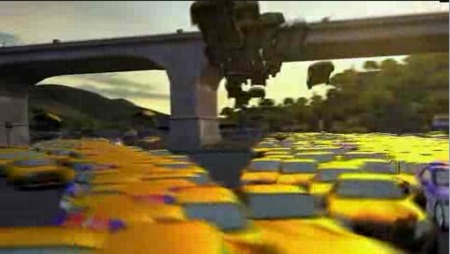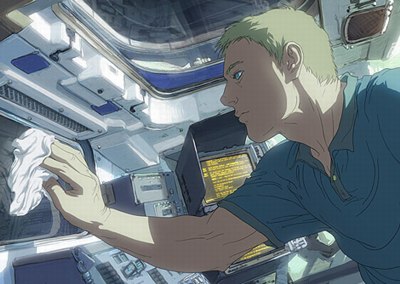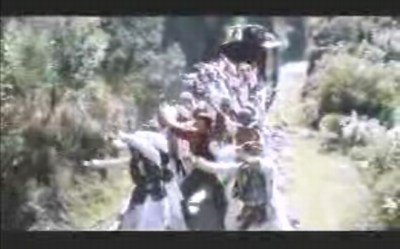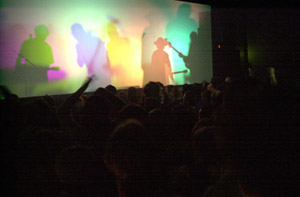In August 2001, video gamers protested the cartoony feel of the new version of Zelda because “it would be nigh impossible to introduce a serious and epic plot and epic characters” into such a “childish environment.”
It’s not unlike that time, fellow old-school Zelda fan Jordan Barry, replied, when Robert Reed sent a memo to Sherwood Schwartz, expanding on his refusal to appear in episode 116 of The Brady Bunch:
There is a fundamental difference in theatre between:
1.Melodrama
2.Drama
3.Comedy
4.Farce
5.Slapstick
6.Satire &
7.Fantasy
They require not only a difference in terms of construction, but also in presentation and, most explicitly, styles of acting. Their dramatis peronsae are noninterchangable. For example, Hamlet, archetypical of the dramatic character, could not be written into Midsummer Night’s Dream and still retain his identity. Ophelia could not play a scene with Titania; Richard II could not be found in Twelfth Night. In other words, a character indigenous to one style of the theatre cannot function in any of the other styles. Obviously, the precept holds true for any period. Andy Hardy could not suddenly appear in Citizen Kane, or even closer in style, Andy Hardy could not appear in a Laurel and Hardy film. Andy Hardy is a “comedic” character, Laurel and Hardy are of the purest slapstick. The boundaries are rigid, and within the confines of one theatric piece the style must remain constant.
…
Teevision falls under exactly the same principle. What the networks in their oversimplification call “sitcoms” actually are quite diverse styles except where bastardized by carless writing or performing. For instance:
M*A*S*H….comedy
The Paul Lynde Show….Farce
Beverly Hillbillies…..Slapstick
Batman……Satire
I dream of Jeannie….Fantasy
Episode 116, by the way, was titled “The Hair-Brained Scheme.” Here’s a synopsis:
In the final episode, Bobby’s hair tonic turns Greg’s hair orange on graduation day. Robert Reed refused to appear in this episode. Oliver speaks the last dialogue of the series. And the word “sex” is used for the only time in the series.
Wow, protesting the last episode? That’s really standing up for your Craft. Meanwhile, how’d Zelda turn out?
The Odyssey of Hyrule – Letter of the Month – August 200190- [via tmn]







